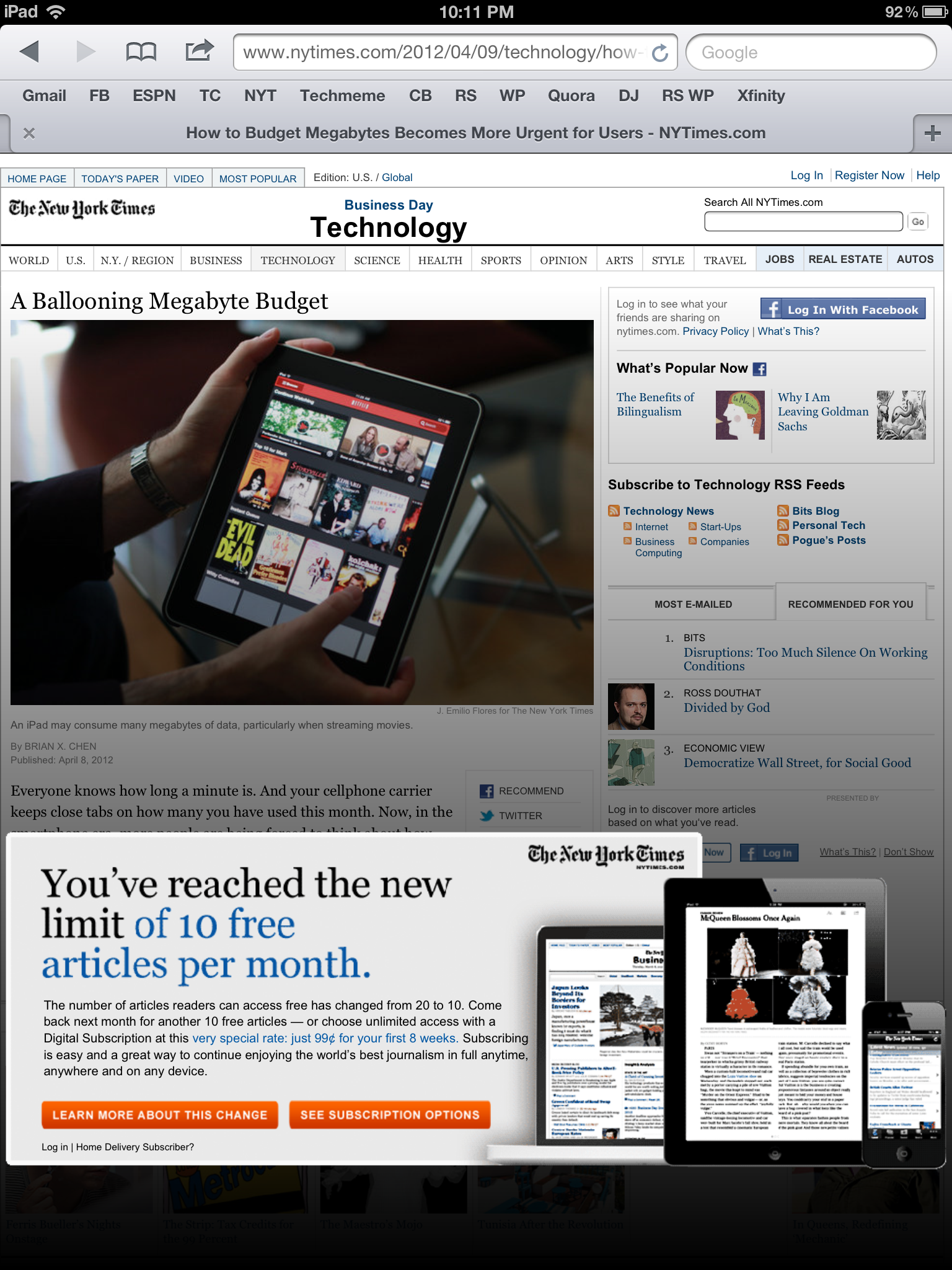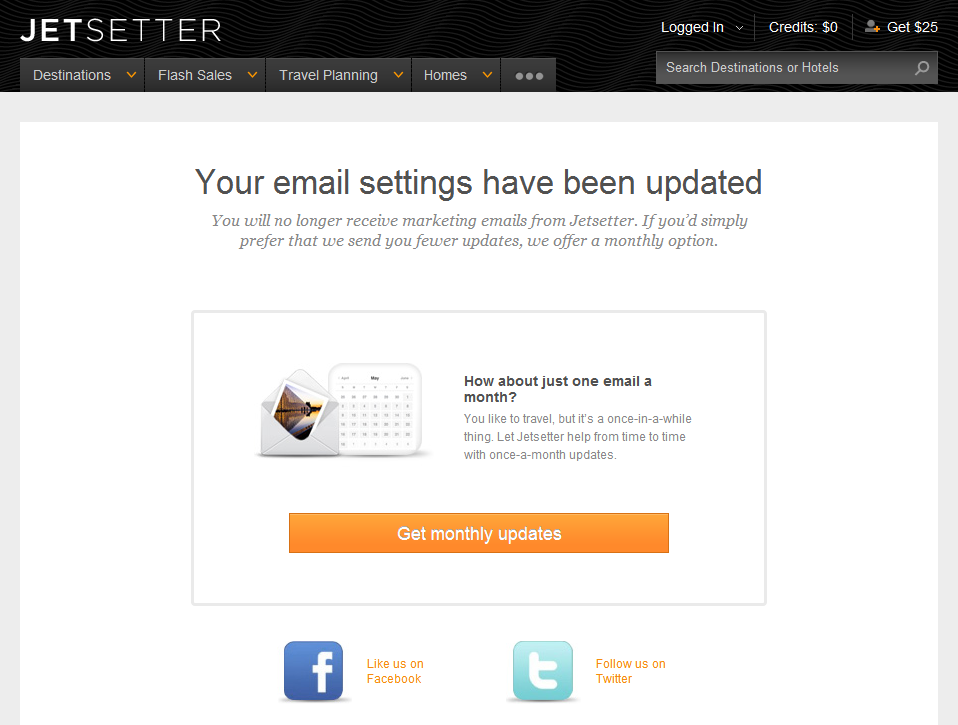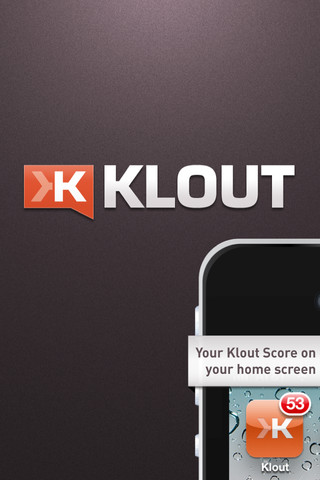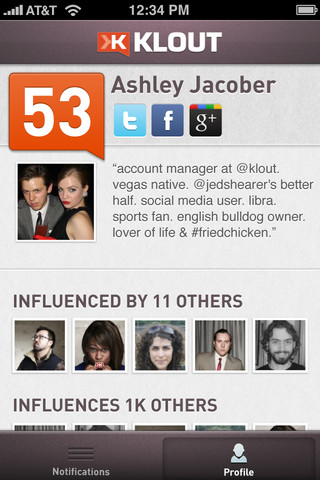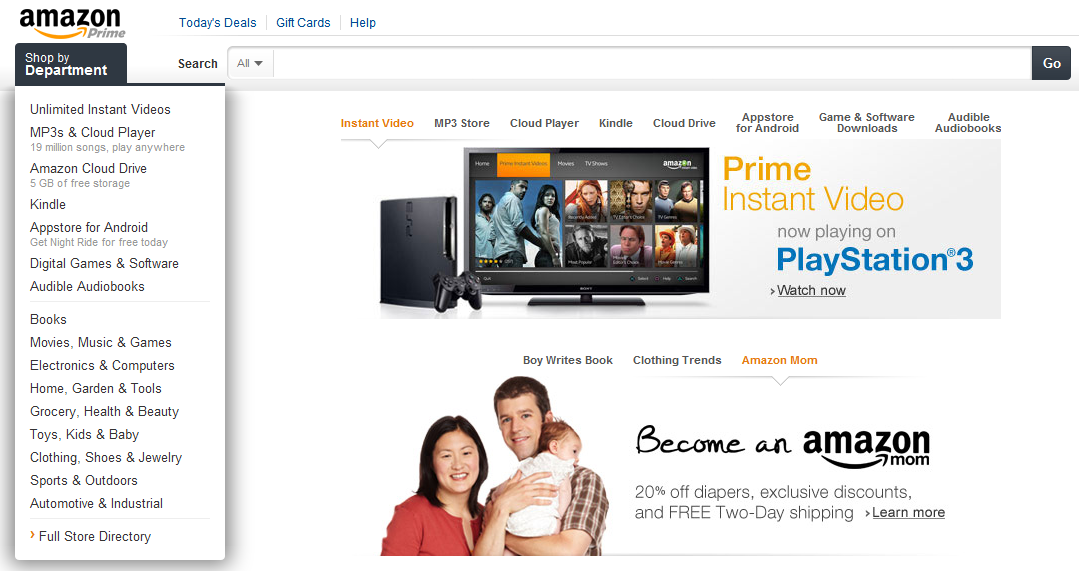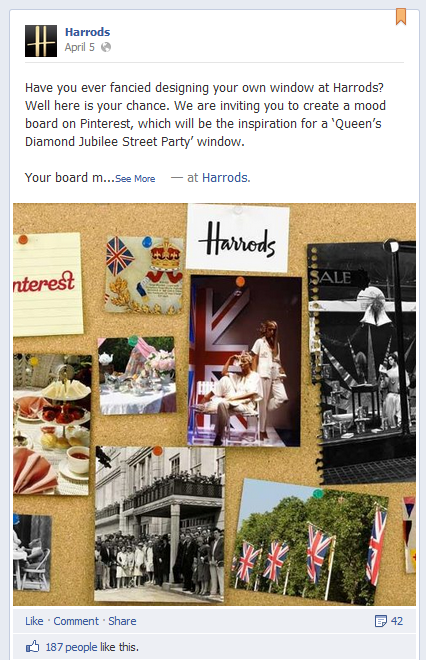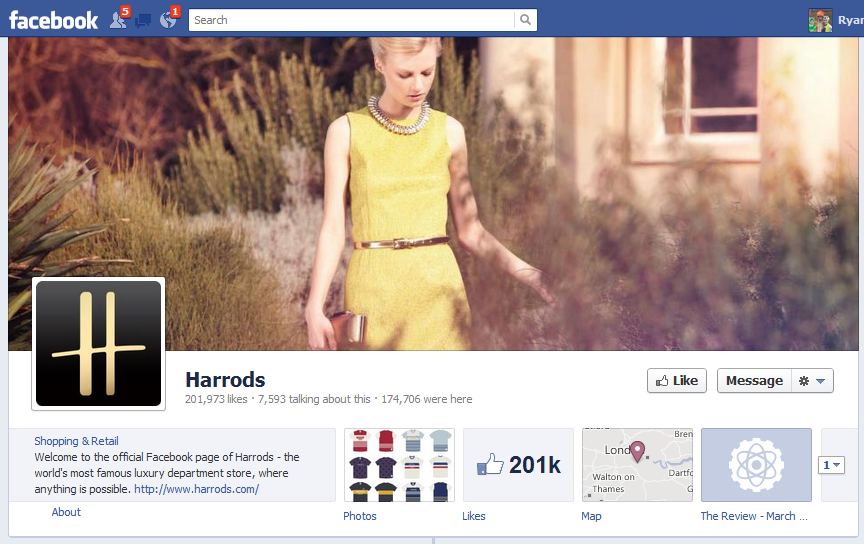Not a ton to say here except that: - I reached the New York Times paywall - And it is visually very bold / intrusive - But while it is disruptive - and that's the goal of course - it is really not very actionable: The only part of the entire screen that is clickable are the two orange buttons.That is <5% of the screen's real estate and a wasted opportunity to users right into an upgrade flow. As it currently stands, I need to read the promotional box, click the orange button, land on an educational page and then choose an upgrade package. Too many steps and too much effort.
(Lastly, I am not entirely sure what constitutes exceeding the paywall... it says after 10 free articles but it appears intermittently)

